Delve into the intriguing tale of 'The Mutiny on the Bounty,' a story that has captivated historians and travellers alike. This blog post takes you on a journey back in time, exploring one of the most famous maritime mutinies in history, closely linked with the enchanting Norfolk Island. Whether you're planning a Norfolk Island holiday or simply fascinated by historical events, this article provides an in-depth look at the dramatic events aboard the HMS Bounty.
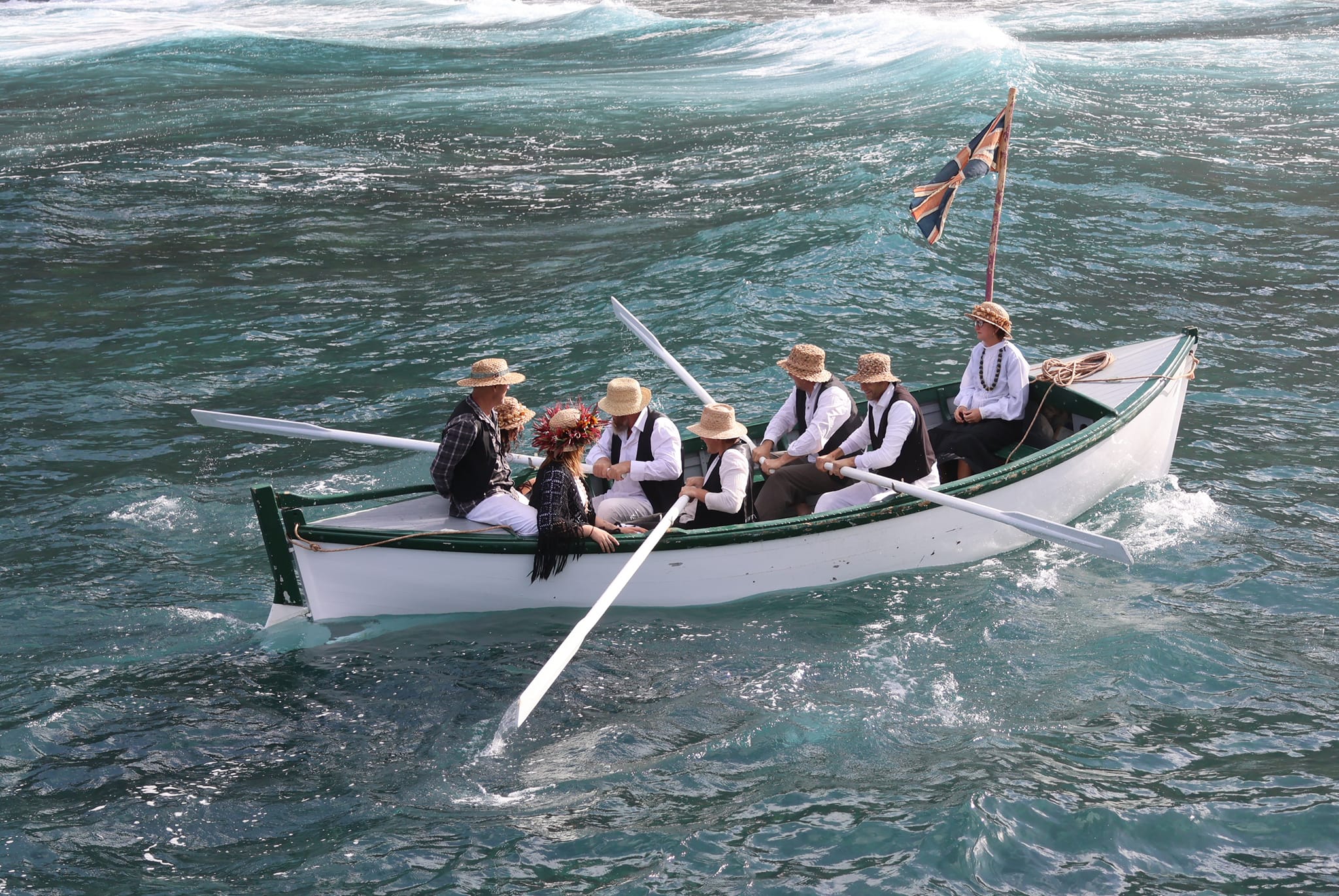 Our Norfolk Island holiday packages offer a unique opportunity to explore the locations and legacies related to the mutiny. As you immerse in your Norfolk Island travel, discover how this event shaped the island's history and influenced its present-day culture.
Our Norfolk Island holiday packages offer a unique opportunity to explore the locations and legacies related to the mutiny. As you immerse in your Norfolk Island travel, discover how this event shaped the island's history and influenced its present-day culture.
The mutiny on the Bounty is not just a tale of rebellion and maritime adventure; it's a story of survival, governance, and the founding of a community on Norfolk Island. Our post offers insights into the events leading up to the mutiny, the key figures involved, and their enduring impact.
In addition to exploring the history, our Norfolk Island tours provide a chance to visit significant historical sites, bringing the story of the Bounty to life. A holiday in Norfolk Island thus becomes a journey through time, where history buffs and curious travellers can experience a part of maritime history first-hand.
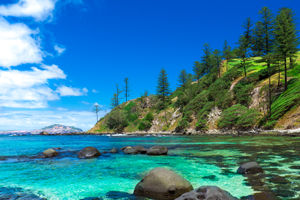
Join us as we recount the riveting story of the Bounty, making your next Norfolk Island holidays not just a getaway, but a historical adventure.
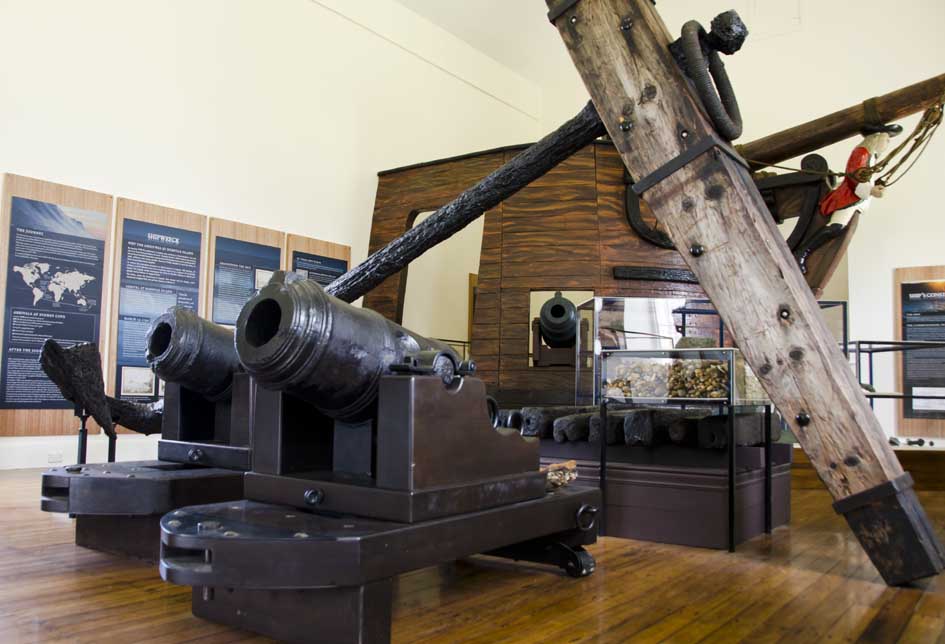 The Story of The Mutiny on the Bounty
The Story of The Mutiny on the Bounty
The Mutiny on the Bounty is a story told not only on screen in several Hollywood movies but has been handed down through the generations of descendants who today call Norfolk Island home. Some would see it as an act of cruelty, but in essence, it is a romantic tale of tough English sailors falling in love with beautiful Tahitian women. They could have made Captain Bligh and his supporters walk the plank, or even worse. There wasn’t any violence. Torn between allegiance to the British Navy and their hearts knowing they may never see Tahiti again, they chose romance.
HMS Bounty
In December 1787, Her Majesty’s Armed Vessel Bounty, also known as HMS Bounty, left England tasked with the mission to collect and transport breadfruit plants from the South Pacific islands of Tahiti to the West Indies. The plants were intended to be a food source for the African slaves under the British colony of the West Indies. In charge of the ship was Captain William Bligh, an experienced naval officer with his Masters's Mate and Lieutenant, Fletcher Christian. They had sailed together previously and had subsequently developed a strong friendship. The Bounty attempted to sail via South America, however, had to reroute via the southern tip of Africa due to foul weather and rough seas. This delay in arriving in the South Pacific meant they had to wait in Tahiti for the breadfruit plants to mature.
After five months and laden with a significant number of healthy breadfruit plants, the Bounty set sail for the West Indies in early April 1789. Some stories of Captain Bligh’s leadership and temperament range from him being mean and abusive, whilst others show him to be more concerned about the health and well-being of his men. Where other Captains of the British Navy punished their crew with whipping, Captain Bligh scolded. During their time in Tahiti, the crew developed strong platonic and romantic relationships with the friendly natives. It is suggested that they had enjoyed their freedom and idleness so much, that they did not wish to be subjected to the strict discipline required of them, and were unwilling to return to their lives in the British Navy.
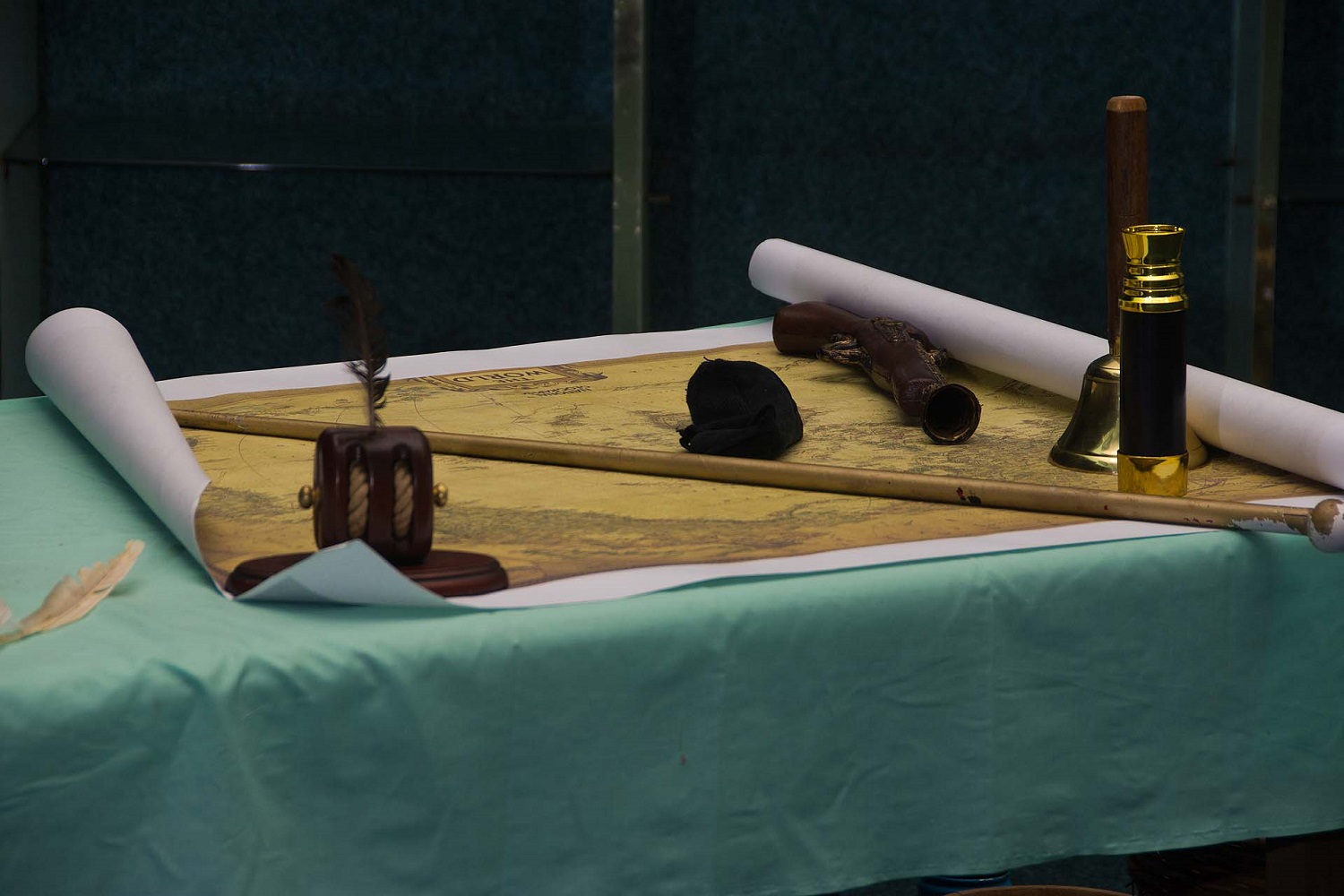 A Mutiny in the Making
A Mutiny in the Making
During the next few weeks onboard, it is believed that Fletcher Christian was planning to take a small, self-made raft and return to Tahiti on his own. However, during his night watch, and with the support of several of the crew, seized the ship’s firearms. Bursting into Captain Bligh’s cabin, they captured him and tied him up.
Upon seeing their Captain this way, none of the loyalists put up a fight. Taking command of the Bounty had been done without bloodshed. The tales of the mutiny which have been told to the descendents over time, explain that the reason for the mutiny was that Christian saw the fury and volatile tempers raging in the crew. In an effort to avoid the potential disaster and to save Captain Bligh’s life, his decision was the best action for all onboard.
In the early hours of the morning on the 28th of April 1789, Captain Bligh along with 18 crew were cast adrift into the 23-foot launch along with Bligh’s papers and journals, food and supplies. According to his log book describing the events of the mutiny, as Captain Bligh was being set adrift he appealed to his friendship with Christian, saying "you have dandled my children upon your knee". To Bligh, Christian “appeared disturbed" and replied, "That,—Captain Bligh,—that is the thing;——I am in hell—I am in hell.”
Return to Tahiti
Taking control of the ship, the mutineers along with the loyalists who could not fit on board the launch, returned to Tahiti. King Pomare II, the king of Tahiti, may not have been trusting of the Bounty returning without Captain Bligh, and as such, asked Christian to take the Bounty and move on, as it was possible that the British Navy would come searching for the pirated ship.
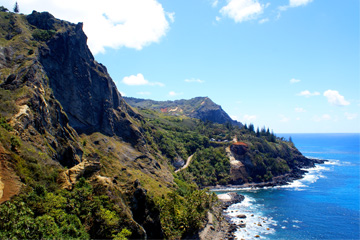
To avoid the threat of imminent arrest and possible imprisonment, nine of the mutineers including Fletcher Christian, Edward Young, John Mills, Matthew Quintal, William McCoy, John Adams, John Williams, Isaac Martin, and William Brown, along with their Tahitian wives and six Tahitian men set sail on the Bounty towards Pitcairn Island.
Off the regular ship trading route, this remote and tiny unpopulated island had fertile volcanic soil and was abundantly vegetated. With all passengers safely ashore in late January 1790, the Bounty was stripped, scuttled and burned. Of her four cannons, two remain on Pitcairn Island, one was taken to Norfolk Island with the Pitcairn Settlers in 1856, and the fourth was presented to the captain of the British ship, the Oreala on a visit to Pitcairn Island in 1898.
Discover Bounty Day Tours
Spacifica Travel are travel consultants specialising in Norfolk Island holidays. Norfolk Island is full of history and historic locations. Make sure to keep an eye out on our Norfolk Island Unique Experiences packages for amazing Norfolk Island holiday package including those for Thanksgiving Day and Bounty Day.
Browse our latest Norfolk Island travel deals or get in touch on 1800 800 722 to book.




